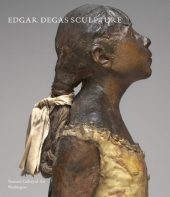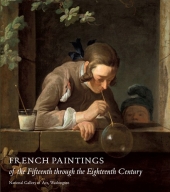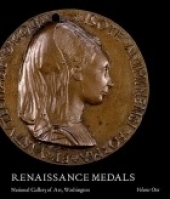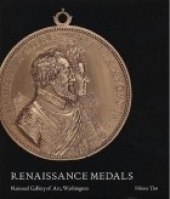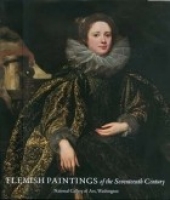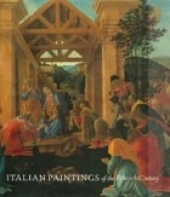Suzanne Glover Lindsay, Daphne S. Barbour, and Shelley G. Sturman
Executed in wax and dressed in a ballerina’s tutu, Little Dancer Aged Fourteen caused a sensation when it was exhibited in 1881. It is the only sculpture Edgar Degas ever showed publicly, though more than one hundred—including dancers, horses, and bathers—were found in his studio after he died; all were dusty, and some had fallen apart. This groundbreaking volume documents the Gallery’s superb collection of sculpture by Degas, linking art and science with insights from an art historian, conservators, and scientists.
"Perhaps the best and most complete book on Degas's sculpture ever done." —International Sculpture Center
"The National Gallery catalogue compiles a broad new range of physical evidence and cutting-edge technical analysis of Degas's sculptural production, providing a turning point in our appreciation of this elusive artist." —ARTnews
408 pages | 221 color images, 209 black and white images | 9.75 x 11.25 inches
